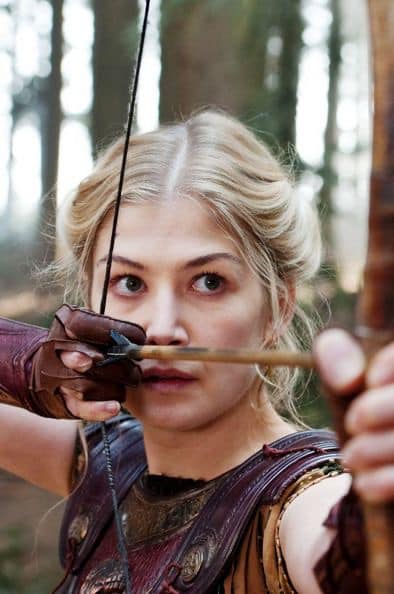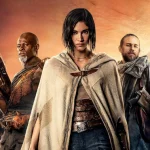Wrath of the Titans (2012)
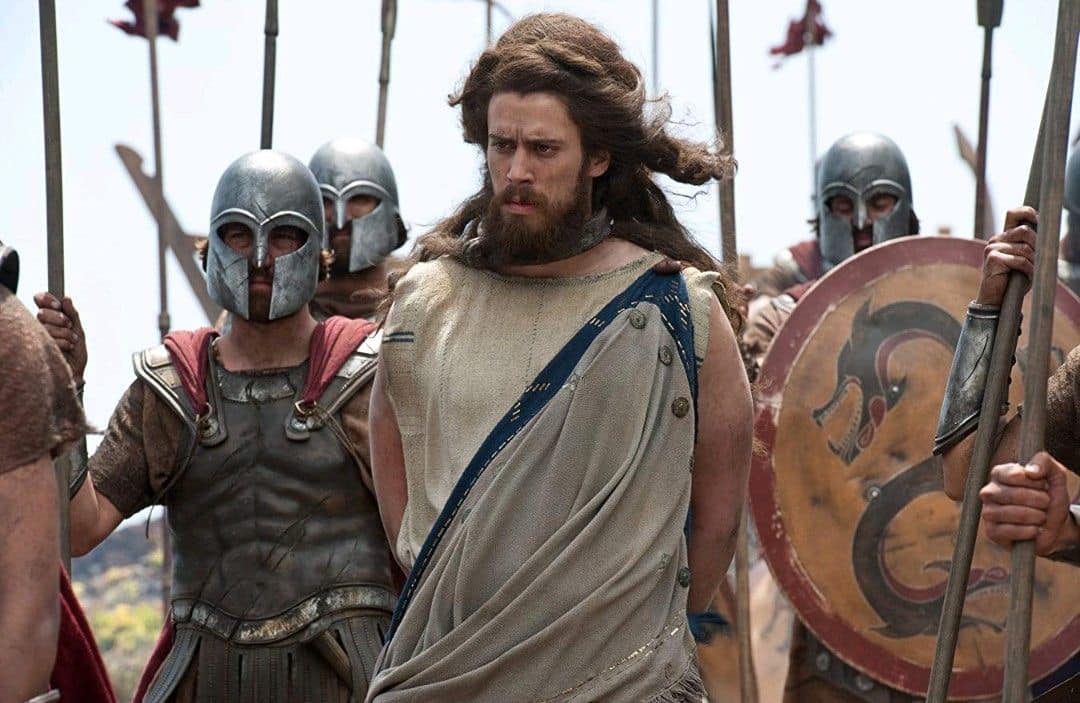
Suggested videos for you:
Movies Review- Greenland 2020
[ Movie Review ] Super intelligent zombies with sex hormones || Day Of The Dead Bloodline
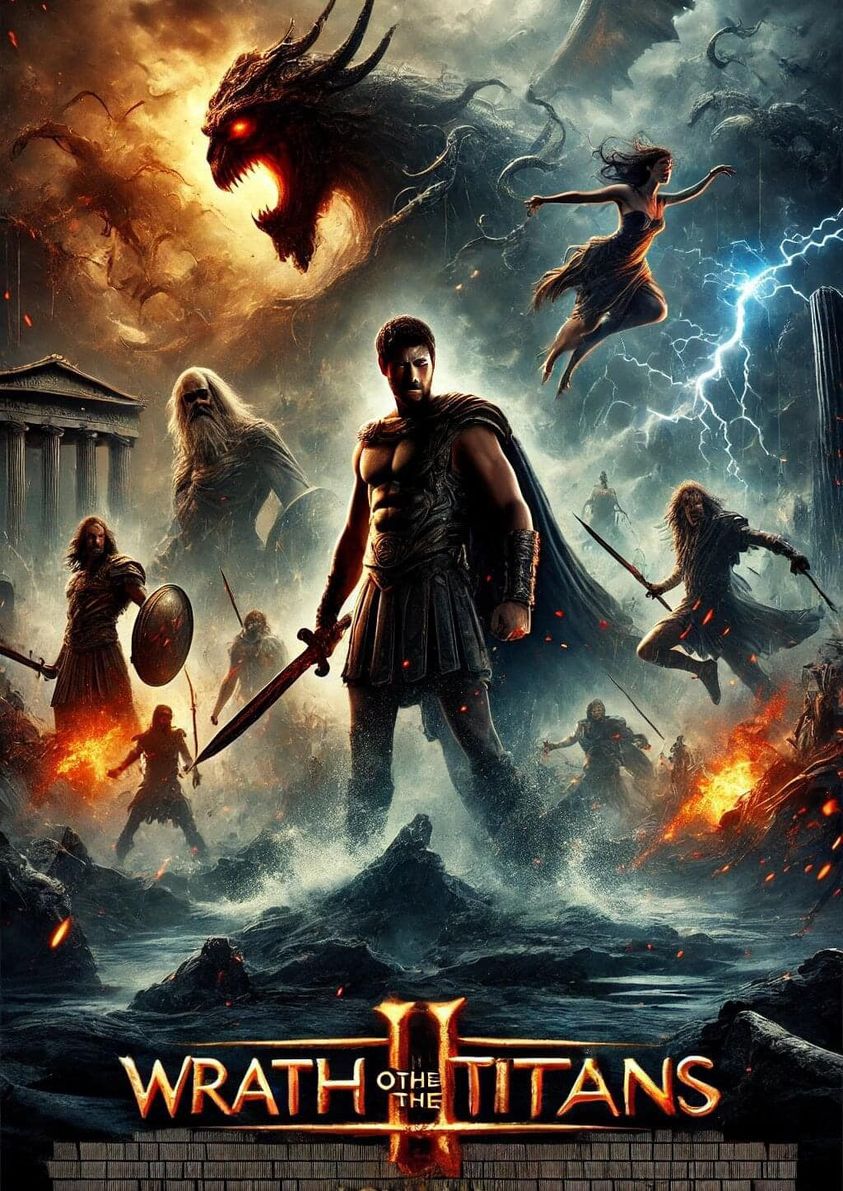
The story is set ten years after the events of the first film, with Perseus (played by Worthington) now living a quiet life as a fisherman and raising his son Helius. However, the peace is short-lived, as the power of the gods weakens due to humans no longer praying to them. This loss of power results in the imprisonment of the Titans weakening, and soon, Kronos, the father of Zeus, Hades, and Poseidon, begins to rise from Tartarus, threatening to bring chaos and destruction to the world.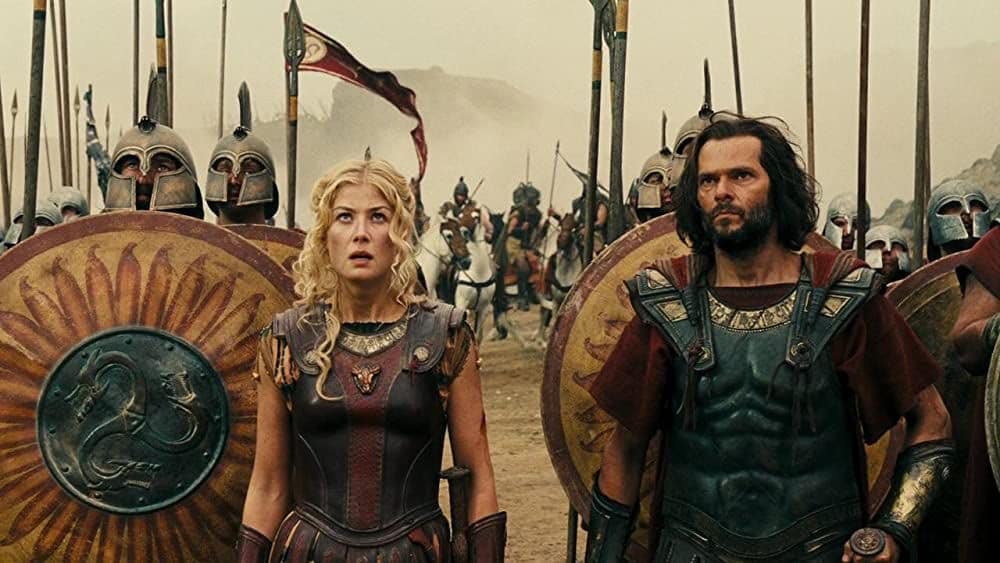

Zeus (Neeson) seeks Perseus’s help to stop Kronos, but Perseus is initially reluctant. However, when Hades (Fiennes) and Ares betray Zeus and capture him to drain his divine powers, Perseus is forced to take up his sword once again. Teaming up with Queen Andromeda (Rosamund Pike), Poseidon’s son Agenor (Toby Kebbell), and the fallen god Hephaestus (Bill Nighy), Perseus embarks on a perilous journey to Tartarus to rescue his father and stop the wrath of the Titans.

One of the highlights of Wrath of the Titans is its visual effects, which bring to life some of the most famous monsters and landscapes from Greek mythology. The battle sequences are grand and intense, particularly the climactic confrontation with Kronos, the massive lava titan, who is depicted as a towering, fiery behemoth. Other mythical creatures, such as the fearsome Chimera, the Minotaur, and the double-headed Makhai warriors, contribute to the film’s fast-paced and action-filled narrative.